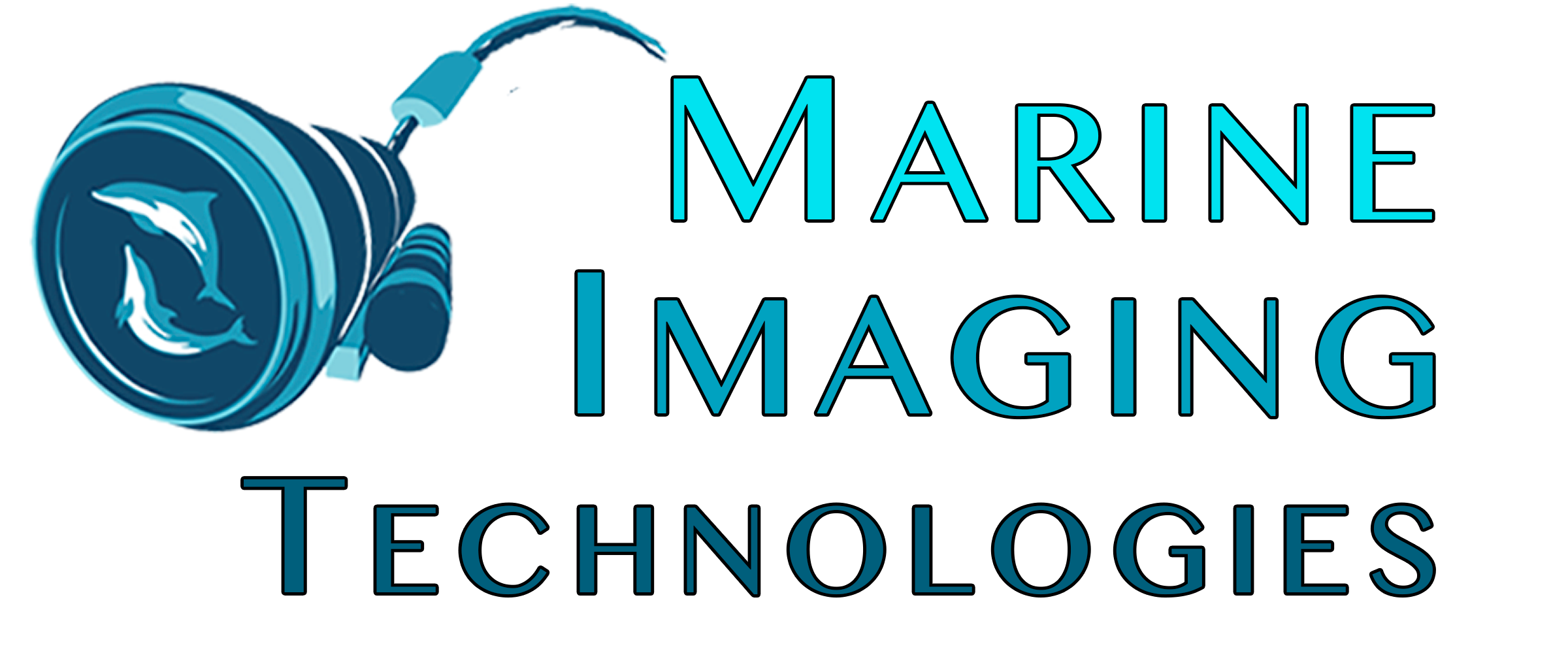Pixel, the First Product in Series of the Cinema Class ROVs, Enables DPs and Storytellers to Capture Cinema-Quality Footage beyond SCUBA Depths by Merging Top Cinema Technologies with Advanced Underwater Filming Techniques
POCASSET, MA (November 28, 2017) – Marine Imaging Technologies (MITech), a leader in developing state-of-the-art underwater optical imaging platforms, today introduced Pixel, the first Cinema Class remotely operated vehicle, or ROV. Pixel is a multi-camera underwater filming and exploration platform that will facilitate deep water and coastal storytelling unlike ever before, enabling storytellers to record cinema quality images while minimizing the associated hazards and costs. Pixel, as well as other forthcoming ROVs in MITech’s Cinema Class line, simultaneously hosts multiple cameras with live video and control feeds. From Ultra Hi Def (UHD) and large format stills to Stereoscopic and Virtual Reality, Pixel’s versatility broadens the choices for aquatic storytellers.
“Telling stories about underwater is always a challenge, but once you enter deeper water where diving becomes less feasible, there simply were no options for true cinema class filming,” says Evan Kovacs, founder of Marine Imaging Technologies. “To that end, the Pixel platform has been designed from the bottom up to accommodate not only the exciting cinema quality we’ve all become accustomed to, but also to lessen the burden on the filming budget. We’re thrilled with Pixel and think it will be a game-changer in the industry.”
Before Pixel, underwater storytellers managed the filming process using submersibles or ROVs with the capabilities to accommodate a moderate camera and lighting system, which in turn required extensive surface support. Pixel was conceived as UHD was becoming mainstream and is designed to fully utilize UHD cameras and subsequent cinematic advances. In addition to the multitude of camera options, Pixel is designed with a lighting system capable of over 100,000 lumens of articulated lighting and a precision thruster configuration to perform smooth cinematic movements. Pixel’s controls, in the hands of pilots who have a real world understanding of camera moves and working in a deep water environment, will make for a unique directorial experience and enable exploration and cinema filming in a way that has never been possible from a vehicle of this compact size. For cameras operators, Pixel will be intuitively familiar, since the system was designed to incorporate the controls of industry standard remote lenses and camera control systems. Additionally, the MITech design team added portability to the list of requirements, designing Pixel to break down to fit into industry standard pelican cases, allowing for airline transport to locales where big containers are not possible or are cost prohibitive.
“As a veteran deep water cinematographer and storyteller, I have often lamented that we had to strap cameras to vehicles that had absolutely no aesthetic, nor hydrodynamic characteristics. Considering we are living in a time where multimedia has been absorbed into the foundation of our education and entertainment culture, we knew this needed to change,” says Kovacs. “Our aim was to make Pixel move well in the water, have the best cameras and look like it actually was designed to be our literal eyes beneath the sea. We want Pixel to become an intimate part of the constantly evolving and changing dynamic of our underwater world.”


